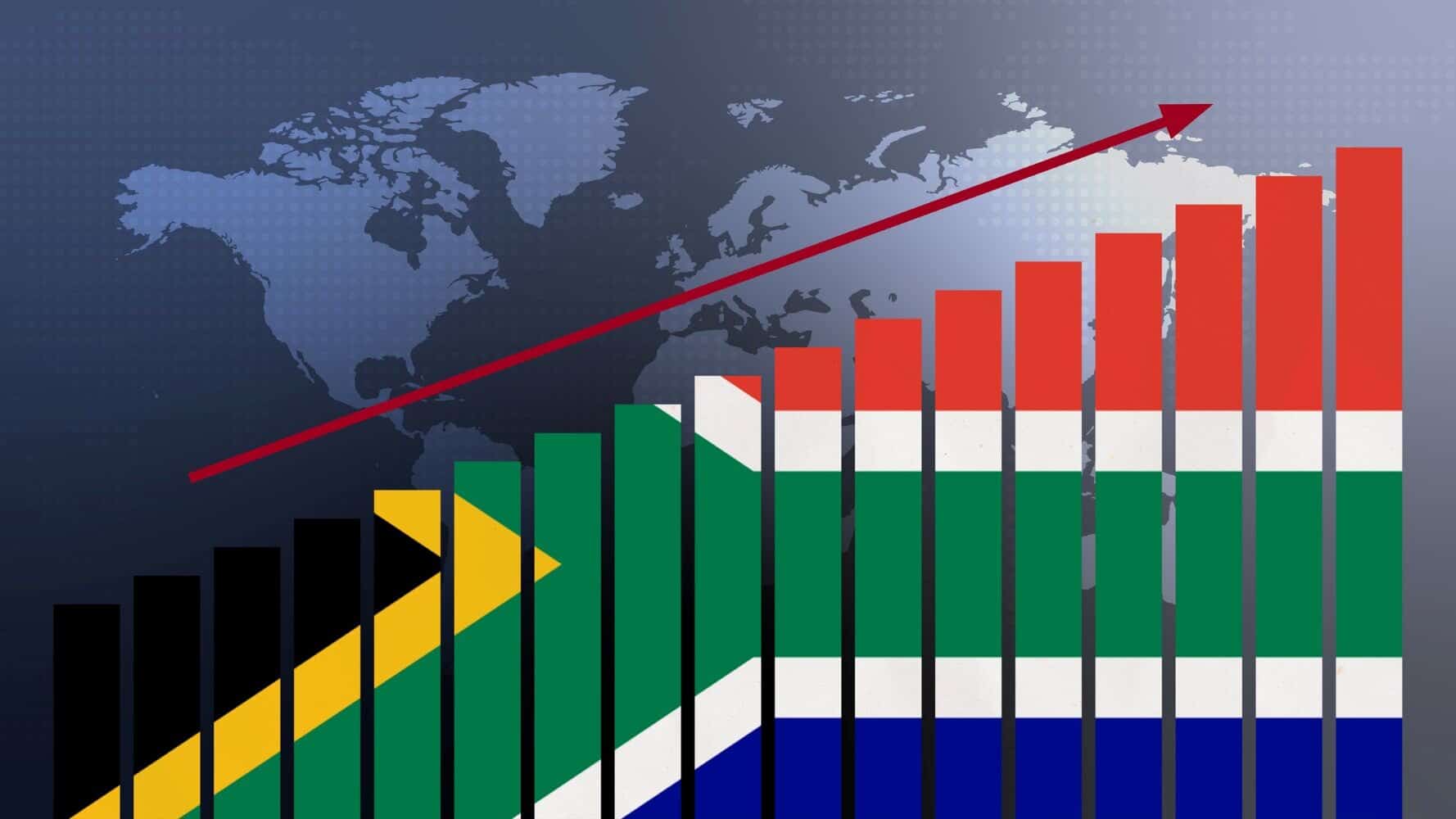Although the World Bank upped its economic growth projections for sub-Saharan Africa, including South Africa, there is no quick fix for creating more jobs.

One of South Africa’s biggest problems is unemployment. However, the World Bank says the country can create jobs by tackling the infrastructure backlog, adopting digital technologies, improving human capital and cultivating a conducive business environment.
The World Bank’s October Africa Pulse report presents a slightly more optimistic outlook than its April release. Real gross domestic product (GDP) growth in sub-Saharan Africa (SSA) is projected to accelerate to 3.8% in 2025, up 0.3 percentage points from its previous prediction (3.5%) and the 3.5% expansion recorded in 2024. Over the medium term, growth is expected to average 4.4% per year in 2026 and 2027.
However, the World Bank warns that solid economic growth in Africa will not create jobs for people on the continent.
ALSO READ: World Bank has simple answer to improve South Africa’s economic growth
Failure to create enough jobs
Brendon Verster, senior economist at Oxford Economics Africa, says a key theme of the report is sub-Saharan Africa’s employment challenges, which, according to the World Bank, cannot be solved with the current growth model.
The World Bank states that the region is experiencing the largest and fastest demographic shift globally, with the region’s working-age population growth predicted to outpace that of any other developing region worldwide between 2025 and 2050.
Verster says this expansion is occurring at a time when the region is facing several headwinds, including climate change, weak fiscal positions and ongoing conflict. He also finds it concerning that the World Bank notes that a 1% increase in real GDP growth translates to a mere 0.04% increase in the share of working-age individuals with paying jobs.
ALSO READ: World Bank’s austerity push deepens South Africa’s unemployment crisis
What countries should do to create jobs
The World Bank says to tackle sub-Saharan Africa’s employment challenges and create job growth, countries in the region should:
- Tackle the infrastructure backlog through upgrading electricity infrastructure, expanding generation capacity and improving the financial viability of utilities. The World Bank estimates that unreliable electricity provision in SSA reduced employment rates by between 5-14 percentage points. Apart from electricity-related infrastructure, the World Bank also emphasised the need to improve road and rail networks, with poor infrastructure estimated to add 30%-40% to the intraregional trade costs.
- Make policies that focus on reducing cost barriers to encourage the widespread adoption of digital technologies, which will drive foreign investment, shore up productivity and employment growth and contribute to poverty alleviation. The World Bank also found that improved access to high-speed internet via submarine fibre optic cables resulted in employment gains of 5%-7% in countries such as Ghana, the DRC, Kenya, Nigeria, Namibia and Tanzania.
- Improve human capital levels and adapt them to the needs of key growth sectors, such as the digital economy and manufacturing.
- Cultivate a conducive business environment, along with capable states and institutions. The World Bank noted that over 80% of start-up funding in Africa comes from outside the continent, while the current status quo stunts business expansion and results in too few high-growth businesses positioned to drive innovation and productivity.
ALSO READ: World Bank suggests trade policy reforms for SA – report
Risks to the economic growth outlook remain, affecting jobs
Verster says although the World Bank lifted its real GDP growth projections across much of Africa, risks to the outlook remain tilted to the downside.
In addition, he points out, the World Bank stressed that solid economic expansion across the continent failed to generate meaningful improvements in employment and poverty reduction, a timely reminder that jobless growth will not address the continent’s economic ills, with ongoing protests across the continent making that point even more poignantly.
The World Bank noted that the improvement in economic growth is broad-based, with growth forecasts revised upwards in 30 out of 47 countries. According to Verster, the improved outlook is mostly driven by stronger terms of trade across much of sub-Saharan Africa, coupled with easing price pressures and a more accommodative monetary policy stance.
“Although these conditions are set to support private consumption and investment, the World Bank noted that ongoing fiscal consolidation efforts may weigh on overall economic activity.”
ALSO READ: SA continues to bleed jobs as employment shrinks for second time
World Bank on Trump tariffs and sub-Saharan Africa
He found it encouraging that, as Oxford Economics Africa highlighted in its country-specific analyses, the World Bank stated that economies across the region are well-positioned to weather US President Donald Trump’s tariff onslaught, given their low trade exposure to the US.
However, he warns, uncertainty surrounding the duration and implementation of US tariffs remains elevated and coupled with a more downbeat investment appetite and tighter external financing conditions, could drag growth lower.
“Although the World Bank’s recommendations are inherently necessary to drive holistic employment growth across the continent, these are not new. Africa’s infrastructure backlog has long been a significant lag on its economic potential, while persistent governance challenges continue to deter investment.
“What’s more, elevated constrained fiscal positions and elevated debt levels across the region leave many countries unable to respond to global economic disruptions adequately, let alone tackle the constraints to sustainable employment growth.”
ALSO READ: GDP exceeds economists’ predictions
World Bank picture more upbeat despite economic volatility
Verster believes that the World Bank paints a more upbeat picture of Africa’s macroeconomic prospects, despite the more volatile global economic backdrop. “Still, growth across the region failed to translate into sizeable reductions in poverty.”
The World Bank points out that the forecast growth for sub-Saharan Africa will not raise per capita income levels enough to reduce extreme poverty over the medium term. Moreover, Verster says, risks to the outlook remain tilted to the downside, driven by external as well as domestic pressures.
“Apart from Trump’s tariff measures, the World Bank also highlighted that a slowdown in real GDP growth in China could curb demand for African exports, presenting risks to export receipts as well as government revenue.
“Nevertheless, the World Bank’s warning that the nature of economic growth, rather than its rate, should not be overlooked, should be heeded. It is a timely warning, given that protests over the lack of economic progress are taking hold across the globe and in Africa in particular.”






